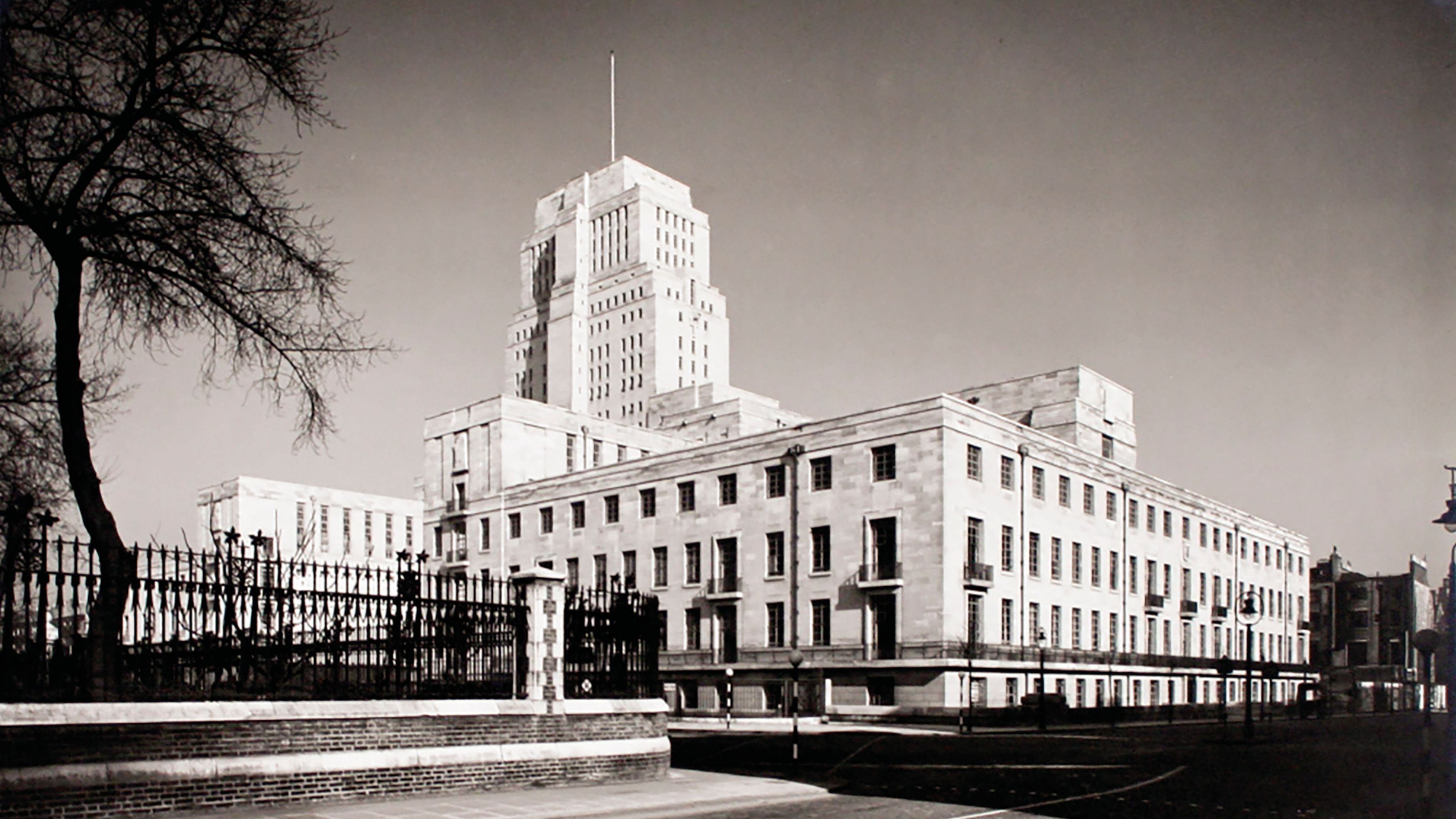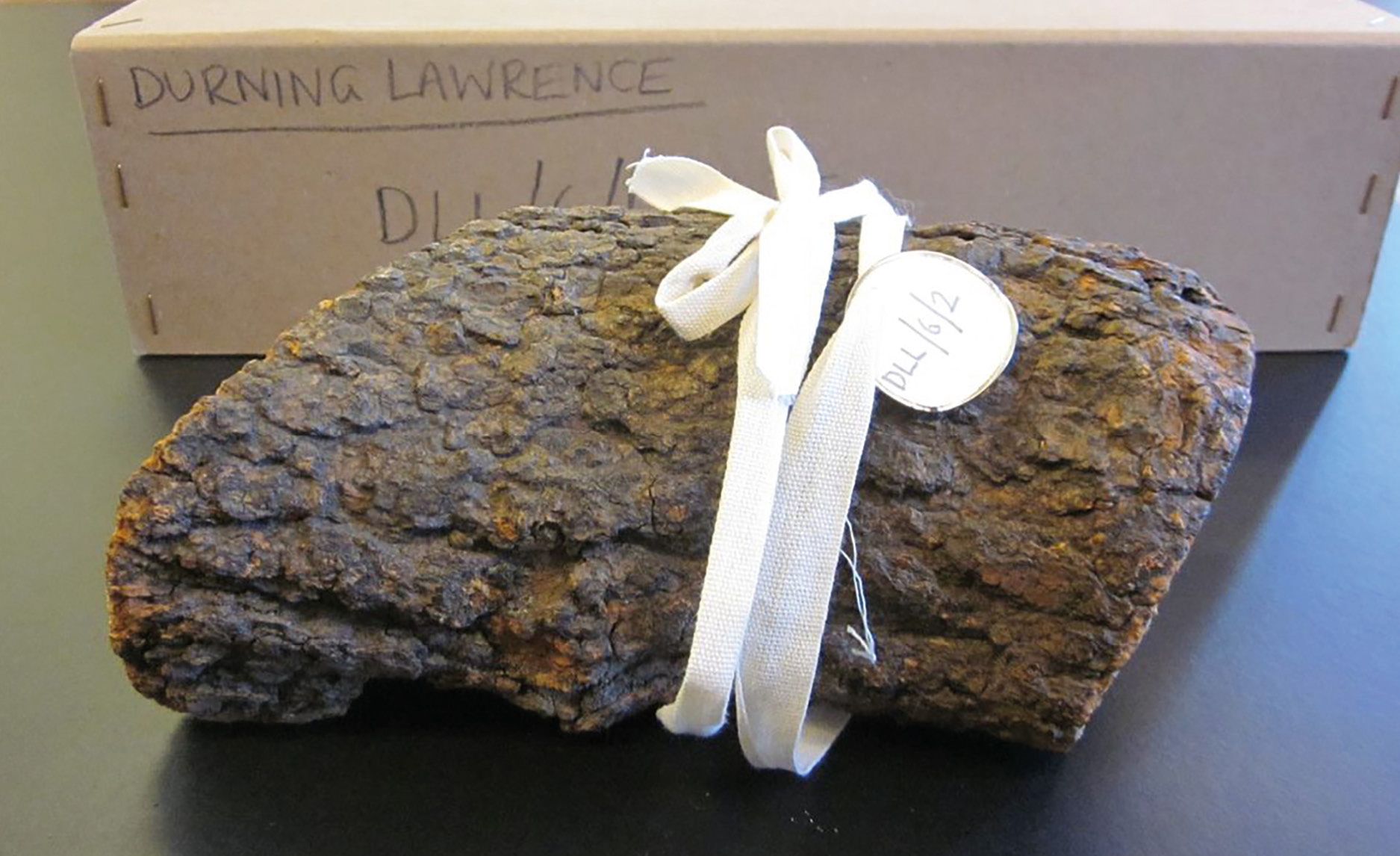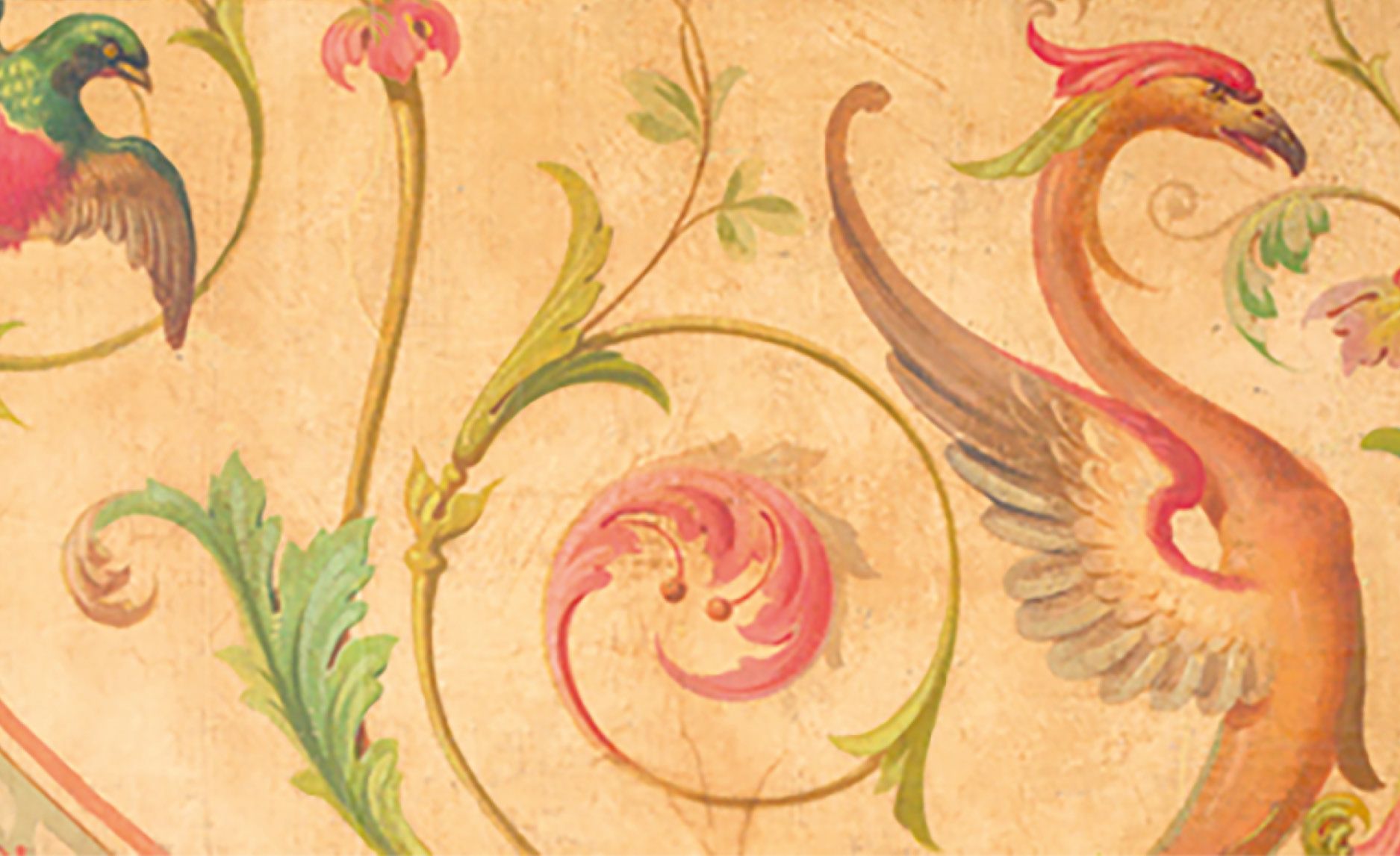Celebrating 150 years
OF SENATE HOUSE LIBRARY IN 150 ITEMS

Senate House Library, the central library for the University of London and School of Advanced Study, celebrated the 150th anniversary of its founding collections in 2021. To mark this, the Library launched an online gallery of 150 unique and treasured items and a timeline (SHL150), charting the growth of the Library in becoming one of the UK’s largest academic libraries for arts, humanities and social sciences.
With social justice at the heart of the collections, the items on display capture leading campaigners, historical events and radical artists, alongside well-known literary giants, to showcase a diverse range of perspectives that have influenced culture in the UK and beyond.
The online galleries celebrating the 150th anniversary launched on Friday 18 June 2021, exactly 150 years to the day from when the first major collections were given to the Library in 1871.
Spotlight on history
The SHL150 online gallery is divided into nine sections to highlight the founding collections, key milestones and eras in history from the end of the nineteenth century through to the present, as well as rare and special collections pre-1871.
There are many fascinating items on display, from signed books and manuscripts, through to photographs and artwork, and also some unusual items – including a piece of tree and a decorated ceiling.
The tree or not the tree, that is
the question
One of the SHL150 items is a piece of timber preserved in 1885 from the mulberry tree commonly believed to have been planted by Shakespeare in the garden of his Stratford house – or so Sir Edwin Durning-Lawrence thought. However, there is no evidence that this was ever true; in fact, it seems the tree had been cut down by Reverend Francis Gastrell 135 years before During-Lawrence visited. Soon after this purchase, During-Lawrence became convinced that Shakespeare was in fact a “mean, drunken, ignorant, and absolutely unlettered, rustic of Stratford who never in his life wrote so much as his own name” and that Francis Bacon was the true author of Shakespeare’s works. Senate House Library was bequeathed Durning-Lawrence’s library collection by his wife Edith Jane, Lady Durning-Lawrence, in 1929. In tribute, one of the historic rooms in the Library is furnished in the style of Durning-Lawrence’s home library.

Piece of mulberry tree allegedly from Shakespeare’s garden, 1885.
Piece of mulberry tree allegedly from Shakespeare’s garden, 1885.
Breaking the glass ceiling
One of the other surprising items in the collections is a beautiful hand-painted ceiling from 2 Gower Street, London, WCIE, the location of the UK’s first interior design company run by women. Set up in 1874, it was home to suffragist founders Rhoda and Agnes Garrett. The house and family were a centre for feminist thought, including prominent suffragists Millicent Garrett Fawcett (who also lived in the house) and Elizabeth Garrett Anderson. Commercially, the company was very successful and it heavily prioritised women suppliers and craftspeople wherever possible. Almost none of their work survives and so this is almost certainly the largest surviving piece of decorative wall or ceiling covering they ever designed. It’s a wonderfully apt item to capture the pioneering work by Rhoda and Agnes Garrett, to break the glass ceiling for women, and to illustrate the contribution of women in industry and wider society.

One of over 75 pieces of decorated ceiling from 2 Gower Street, the first UK interior design company run by women and the home of suffragists Rhoda and Agnes Garrett.
One of over 75 pieces of decorated ceiling from 2 Gower Street, the first UK interior design company run by women and the home of suffragists Rhoda and Agnes Garrett.
A happy bridge from London
to the Andes
SHL150 features two photos from another female pioneer connected to the University of London: Dr Ann Kendall OBE, who did her PhD at the Institute of Archaeology, UCL. One shows Dr Kendall crossing a rope bridge in the Cusichaca valley (Cusichaca means ‘happy bridge’) on a research trip to Peru in 1978. The adventure and bravery is clear to see, but it’s even more stunning when you know that it’s not a bag Ann is carrying on her back, but her baby. The second photo, from 1985, shows her speaking to the native community, who she made central to her pioneering work reconstructing and developing Incan infrastructure. These photos are part of over 500,000 papers, photos, maps and plans capturing an almost 40-year labour of love.

Dr Ann Kendall crossing a rope bridge in the Cusichaca valley in one of her first research trips to Peru, c. 1978.
Dr Ann Kendall crossing a rope bridge in the Cusichaca valley in one of her first research trips to Peru, c. 1978.

Dr Ann Kendall in 1985 interviewing a family in the Cusichaca valley in Peru.
Dr Ann Kendall in 1985 interviewing a family in the Cusichaca valley in Peru.
To explore the exhibition, visit the Senate House Library website.

Rebecca Simpson is the former Head of Engagement at Senate House Library.
